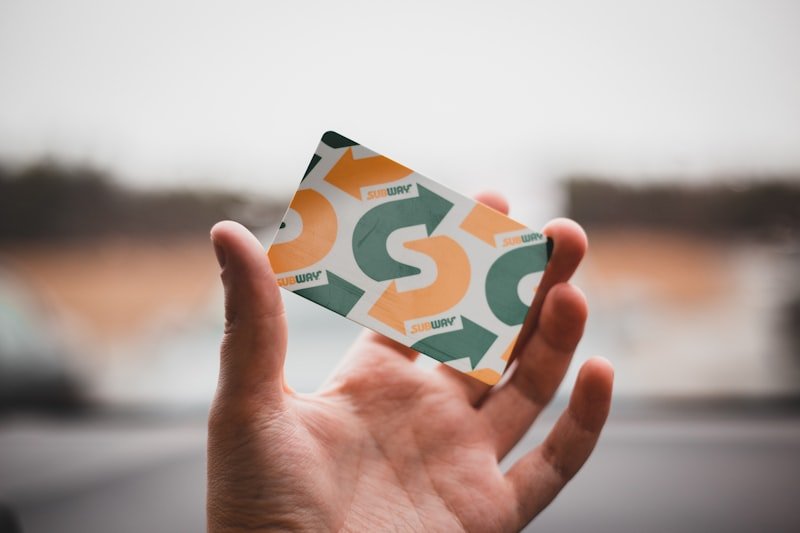What Are the Best Practices for Creating Accessible Color Palettes?
First off, contrast is your best friend. Imagine trying to read a book in dim light; it’s frustrating, right? The same goes for color palettes. High contrast between text and background colors makes content readable for everyone, including those with visual impairments. A good rule of thumb is to aim for a contrast ratio of at least 4.5:1 for normal text. Tools like the WebAIM Contrast Checker can help you measure this.

Next, consider color blindness. Did you know that about 1 in 12 men and 1 in 200 women have some form of color vision deficiency? To make your palette more inclusive, avoid relying solely on color to convey information. Use patterns, textures, or labels alongside colors. Think of it like a treasure map; you wouldn’t want to miss the X just because the colors blended together!
Also, keep it simple. A palette with too many colors can be overwhelming, like trying to juggle five balls at once. Stick to a limited color scheme—three to five colors is usually a sweet spot. This not only helps with accessibility but also creates a cohesive look that’s easy on the eyes.
Lastly, test your palette with real users. Just like a chef tastes their dish before serving, getting feedback from diverse audiences can reveal how effective your color choices are. So, roll up your sleeves and start experimenting! With these best practices, you’ll be well on your way to creating color palettes that everyone can appreciate.
Color for All: Essential Best Practices for Designing Accessible Color Palettes
First off, consider contrast. Imagine trying to read a book in dim light; it’s frustrating, isn’t it? The same goes for color contrast in design. High contrast between text and background colors is crucial. For instance, pairing dark text on a light background (or vice versa) can make a world of difference. Tools like contrast checkers can be your best friends here, ensuring that your colors meet accessibility standards.
Next, think about color blindness. Did you know that about 1 in 12 men and 1 in 200 women have some form of color vision deficiency? That’s a significant number! To cater to this audience, avoid using color combinations that are commonly problematic, like red and green. Instead, incorporate textures or patterns alongside colors to convey information. It’s like adding a pinch of spice to your dish—enhancing the flavor without overwhelming it.
Also, keep in mind the emotional impact of colors. Colors evoke feelings, and using them wisely can enhance user experience. For example, blue often conveys trust, while yellow can evoke happiness. But remember, everyone perceives colors differently, so it’s essential to test your palette with real users.
Lastly, don’t forget about simplicity. A cluttered palette can be as confusing as a recipe with too many steps. Stick to a few key colors that work well together, and you’ll create a harmonious design that’s easy on the eyes. So, are you ready to start mixing those colors like a pro?
Beyond Aesthetics: How to Create Color Palettes That Everyone Can Enjoy
So, how do you whip up a color palette that appeals to all? First off, consider the mood you want to evoke. Colors can stir emotions like a well-tuned symphony. For instance, warm colors like reds and oranges can ignite passion and energy, while cool colors like blues and greens can bring a sense of calm and tranquility. It’s all about striking the right chord!
Next, think about contrast. Just like in music, where a high note can make a low note pop, contrasting colors can make your palette sing. Pairing a vibrant color with a muted one can create visual interest and keep the eyes dancing across the design. Imagine a bright yellow against a deep navy—now that’s a combo that grabs attention!
Don’t forget about accessibility, either. It’s crucial to ensure that your color choices are friendly to everyone, including those with color vision deficiencies. Tools like color contrast checkers can help you find that sweet spot where beauty meets functionality.
Lastly, remember that less is often more. A palette with too many colors can feel chaotic, like a crowded room at a party. Stick to a few key colors and let them shine. By focusing on simplicity, you create a cohesive look that everyone can appreciate. So, roll up your sleeves and start experimenting—your perfect color palette awaits!
The Art of Accessibility: Crafting Color Palettes for Inclusive Design
Imagine walking into a room painted in vibrant reds and yellows. For some, it’s energizing; for others, it might feel overwhelming. This is why crafting color palettes for inclusive design is crucial. You want your designs to be welcoming to everyone, including those with visual impairments or color blindness. So, how do you achieve that?
Start by choosing colors that have high contrast. Think of it like a delicious sandwich—layering dark and light colors creates a visual feast that’s easy to digest. For instance, pairing a deep navy with a soft cream not only looks chic but also ensures that text is readable for those with low vision.
Next, consider using color combinations that are friendly to color-blind users. Did you know that around 1 in 12 men and 1 in 200 women have some form of color blindness? Opt for colors like blue and yellow, which are generally easier to distinguish.
And don’t forget about texture and patterns! Just like a good book has different chapters, your design can have layers. Incorporating textures or patterns can help convey information even when colors can’t.
Seeing Clearly: Top Strategies for Developing Accessible Color Schemes

So, how do you create a color palette that’s not just pretty but also functional? First off, think about contrast. High contrast between text and background colors is crucial. It’s like having a bright spotlight on a stage; it helps the audience focus on what matters. Tools like contrast checkers can help you ensure that your choices meet accessibility standards.
Next, consider color blindness. Did you know that around 1 in 12 men and 1 in 200 women have some form of color vision deficiency? That’s a significant number! To cater to this audience, avoid using color as the only means of conveying information. Instead, pair colors with textures or patterns. Think of it as adding a dash of spice to a dish; it enhances the flavor and makes it more enjoyable for everyone.
Also, keep your color palette limited. Too many colors can create chaos, much like a cluttered room. Stick to a few primary colors and use shades and tints to create depth. This not only simplifies your design but also makes it easier for users to navigate.
Lastly, always test your designs with real users. Feedback is like a compass; it guides you in the right direction. By involving people with different visual abilities, you can refine your color schemes to ensure they’re truly accessible. So, roll up your sleeves and start experimenting—your audience will thank you!
